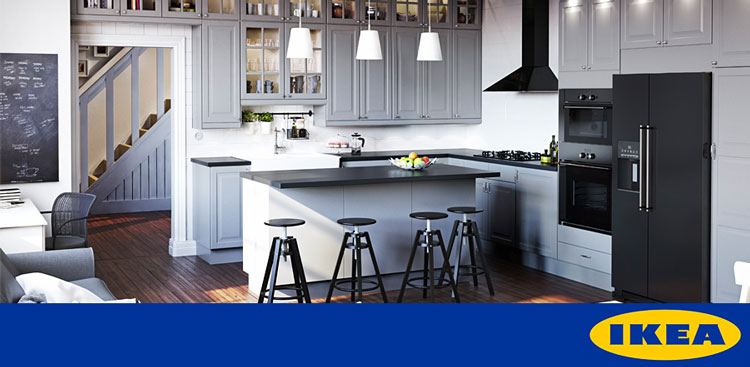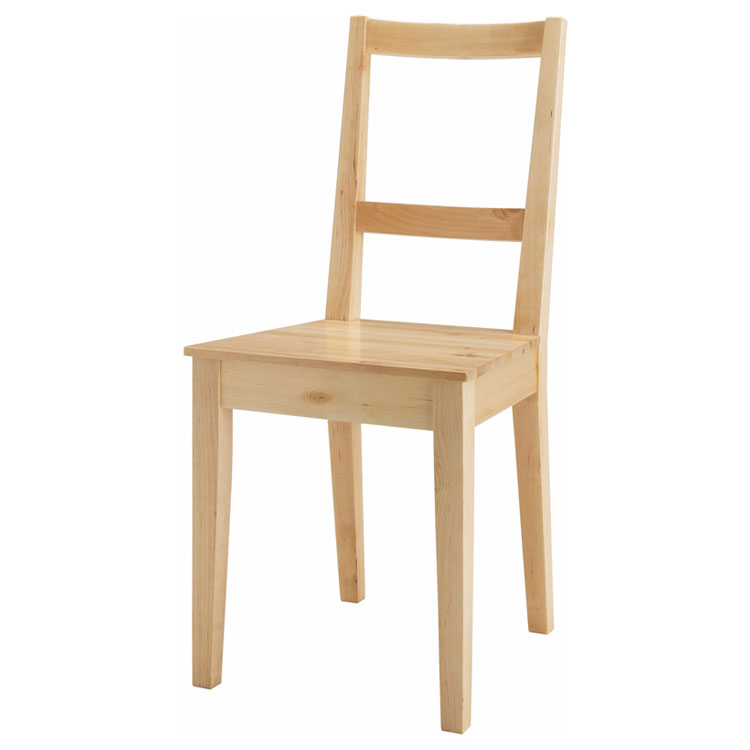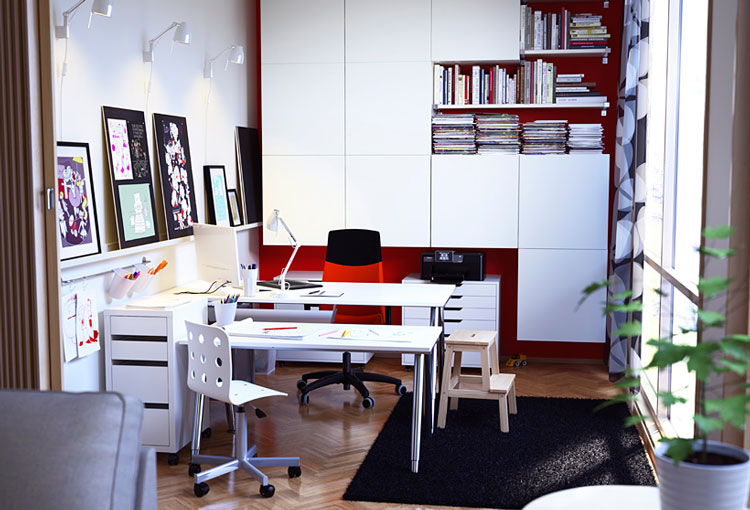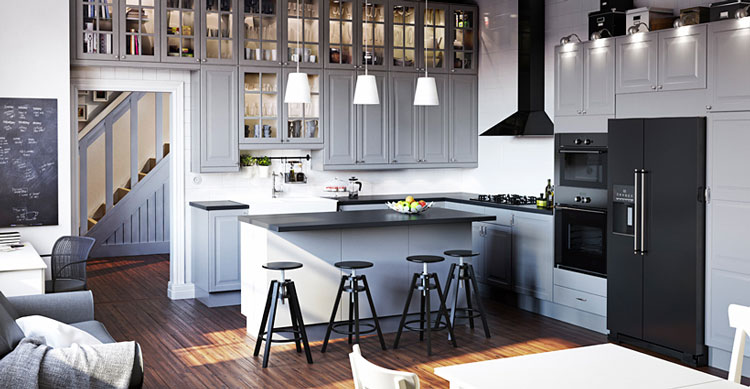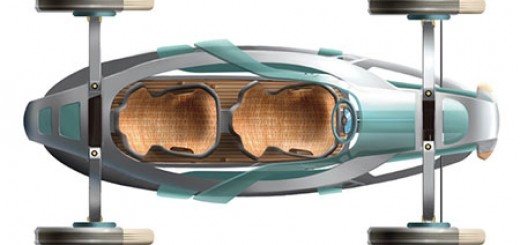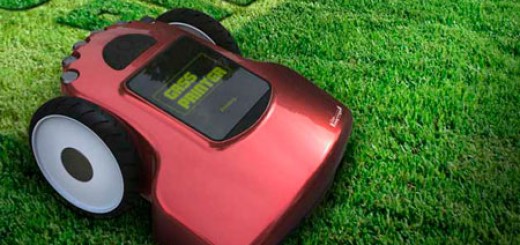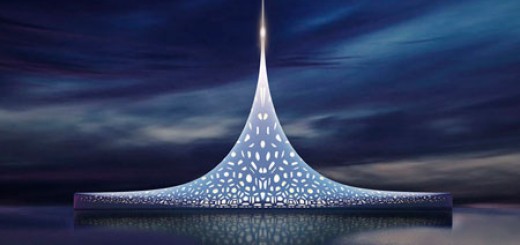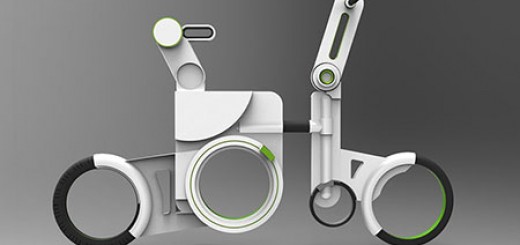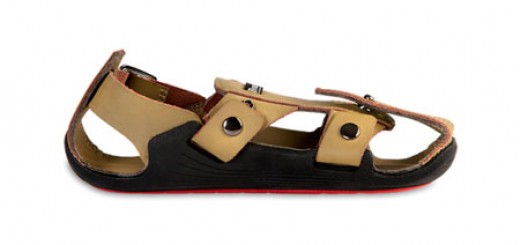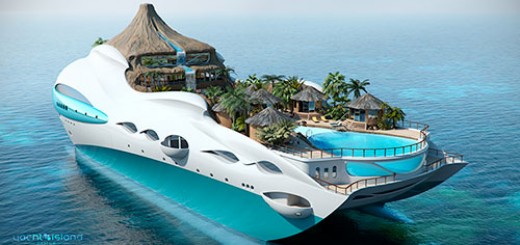IKEA Catalog
75% of the Photos are CGI 3d models in IKEA Catalog.
Martin Enthed and his team work in one of the many IKEA companies, IKEA Communications AB. “When it comes to products,” explains Martin, “IKEA of Sweden designs and develops the product range. The global marketing and communication department decides what communication about the range is important to reach the consumers. We then create concepts and communication ideas, which we produce in different ways. We do the assembly instructions you all know so well! We create product images, labels, the IKEA catalogue, the IKEA.com website, prints for in-package and on-package etc. We do most of the global communication for IKEA. All the communication we create and produce should ultimately help consumers to understand how IKEA can help them create a better everyday life.”
In the summer of 2004, IKEA decided to change the way they produced their product images. They made the first tentative moves toward CG rendered, rather than photographic, images. “We made 8 or 10 quite bad product visualisations by today’s standards,” says Martin, “but it sparked something and we continued to work at it. In the fall of 2006 we first showed a product in the catalogue. The first CG piece of furniture was a chair called “Bertil”.
The IKEA team didn’t feel there was anything wrong with traditional photography, quality-wise. Like any company, they just wanted to make things easier for the team to work on – to make the process simpler, cheaper and faster. With traditional photography, you need to have prototype furniture being built in different parts of the world shipped over so it can be photographed. Everything needs to be there on time and it can be logistically difficult, expensive and not that environmental. Then if there are changes everything needs to be re-shot. With CG re-creations of pieces, it removes a lot of this difficulty. However to start with, Martin says, “There was no vision initially to create entire rooms in CG, like we do now. We just wanted to create the individual pieces – the ones you see on white backgrounds on the web.”
Making the Transition
When IKEA started to look at creating more than product images in 3D a few years ago, they already had a set look and feel for IKEA pictures. They wanted to keep the sense of reality and the feel of a “lived in” environment when moving over to digital workflow. They didn’t want their customers to see or even more importantly feel any difference. Says Martin, “We understand how important the knowledge of home furnishing is. How homes look, how homes feel, and so on. The experienced photographers at IKEA have been working with the interior designers on re-creating this feel for fifteen to twenty years, some of them. We needed to translate that knowledge over to the 3D artists who were tech-savvy but in some cases coming directly from school. We needed them to understand the kind of feel we wanted the images to convey. It was very hard at the beginning.”
Martin has nothing but admiration for how this cross-training was carried out. “We have a manager Annelie Sjögren, and she decided that all the 3D artists had to learn photography, and all the photographers had to learn to be 3D artists. There was a very intensive period of training where the entire photography team met with V-Ray gurus over in Bulgaria and came back with a number of tasks to complete – more 3D pieces to create. And for the 3D artists, it was the opposite way around. They were trained in photography in the studio. This process is absolutely what made for an increase in quality – both in 3D AND photography. Actually now some of our photographers have completely “gone over” – they’ve become 3D artists. And some of our 3D artists have abandoned their computers and become photographers! There’s been a real merge. It’s been astonishing, really.”
Martin doesn’t believe it would have worked so well if they’d tried it 5 years earlier. “Because of the development of things like ray-tracers, a photographers’ knowledge of light is now directly transferrable to 3D – they can put lights wherever they want – exactly what they do in a real studio.”
And was such a massive change hard to manifest in a big organisation? People in general don’t much like change – how were the changes accepted by the staff? “We started with the ones who wanted to,’ says Martin. “And when the others saw what they were learning, and what they could do, they were happy to be on board. When it comes to the big internal IKEA world, if you like – there were also sceptics. There were people who said, ‘It’s CG, so it can’t be as good’. But the real turning point for us was when, in 2009, they called us and said, “You have to stop using CG. I’ve got 200 product images and they’re just terrible. You guys need to practise more.” So we looked at all the images they said weren’t good enough and the two or three they said were great, and the ones they didn’t like were photography and the good ones were all CG! Now, we only talk about a good or a bad image – not what technique created it.”
Today, around 75% of all IKEA’s product images are CG, and they have a ‘bank’ of about 25,000 models. “These are all created at a ridiculously high resolution,” explains Martin, “We render them in 4Kx4K, and they need to hold up to that resolution. We need to be able to do whatever we like with the renderings – print them on large walls in the stores if we need to. Even if most of them are only ever used on the website, they all have the capability to be printed very high-res.”
The first entire room image to be created in CG for one of IKEA’s catalogues was in 2010. “There were a LOT of people involved in that image,” says Martin. “As you can imagine, the first time you do something, everyone wants to have a look! But then the catalogue after that had four or five images and it really took off.”
“The most expensive and complicated things we have to create and shoot are kitchens. From both an environmental and time point of view, we don’t want to have to ship in all those white-goods from everywhere, shoot them and then ship them all back again. And unfortunately, kitchens are one of those rooms that differ very much depending on where you are in the world. A kitchen in the US will look very different to a kitchen in Japan, for example, or in Germany. So you need lots of different layouts in order to localise the kitchen area in brochures. Very early on we created around 200 CG exchanges versions for 50 photographed kitchens in 2008, with the products we had – and I think everyone began to understand the real possibilities.”
Now, about 35% of all of IKEA Communication’s non-product images are also fully CG (i.e not photographic composites). Explains Martin, “We have had two lanes, if you like – the photographic and the CG. We’re now working on getting them to mix – we’re becoming really successful, but we’re always looking for ways to improve it even further.”
Rendering Techniques
One of the things that continues to make this transition smooth, Martin believes, is the use of V-Ray to render. “We use 3DStudio Max and V-Ray. They were using Max and V-Ray before I started actually, but I didn’t mind because I’d been using Max with all the different renderers since 1990 (it wasn’t even called Max then – it was the DOS version!). I’d dabbled with V-Ray before I came but I saw its true potential in realistic still image rendering in the IKEA use case. We produce huge numbers of still images every day, and with V-Ray it’s easy to crank up the values, set and forget. We don’t mind so much how long the rendering takes, so long as the artist doesn’t have to go back and tweak something, like they’d have to in mental ray and other renderers. V-Ray is very good for us. It has a huge amount of settings, but if you set it right you can use one slider to go from coarse, noisy renderings to very high-end, crisp renderings just by changing a value. And when artists learn to see through the noise in previews, then it’s just about changing one value when you go to production renderings. It’s easy to learn and it behaves the way light should behave. Helping our photographers make that knowledge transfer to CG would have been so much harder if the renderer didn’t treat light in that way.”
Standards of Practice
Martin has also worked hard to develop a modelling standard of practice – one by which he can quality-assure each and every piece in the database. “We wanted a standard where, for example, if we created a model in 2010, we wouldn’t have to remodel until 2016. We needed the model to be of good enough quality to last four to five years. I was nervous about setting a standard around real-time because that technology is moving so fast, and there were some companies we’d worked with who had tried this before us – setting standards around real-time and then having to re-model everything three years later. So now we have a standard connected to size – the number of definitions per metre. For example, if you take a perfect arc and make it a metre wide, we make four versions of that arc. The very high-res version has 5000 straight segments, and the lowest one has ten. So we have four models of very different resolutions, for different purposes. In the highest resolutions, you can see the threads in the sofas, sometimes only a pentagon across, and they all need to be modelled. All the textures are taken at 5000 points per meter (or about 125 DPI). We also UV map in real-world scale as well, which most places don’t do. When we UV map the texture, we do that on the model at the real physical size. This is one of the reasons we use Max because it has an option for real-world scale on the mapping. I would love to be able to model in even more detail maybe even to the molecule level! I look forward to the future where we can have more detailed models as the materials for the surface will need to be much less advanced than today and easier to define.”
But how do all these huge files get rendered? Does Ikea have it’s own massive render farm tucked away somewhere in the northern Swedish fjords? No, says Martin, ”Everything is done here in house. We have our own rendering system internally, based on commercial components Deadline and spawn rendering in V-Ray connected with some internal tools. We use every computer in the building to give power to rendering as soon as they are not being used. As soon as someone goes to a meeting their computer-power is used, and of course there is overnight when people go home. The system works well, the render queue is emptied out pretty much everyday. Hundreds of images.”
Find out more:
http://www.cgsociety.org/index.php/CGSFeatures/CGSFeatureSpecial/building_3d_with_ikea
Our Take:
Awesome quality CGI.
Looks better than a Photos.
3d saves money.
Looking forward to 100% CGI.
It will never happen.

